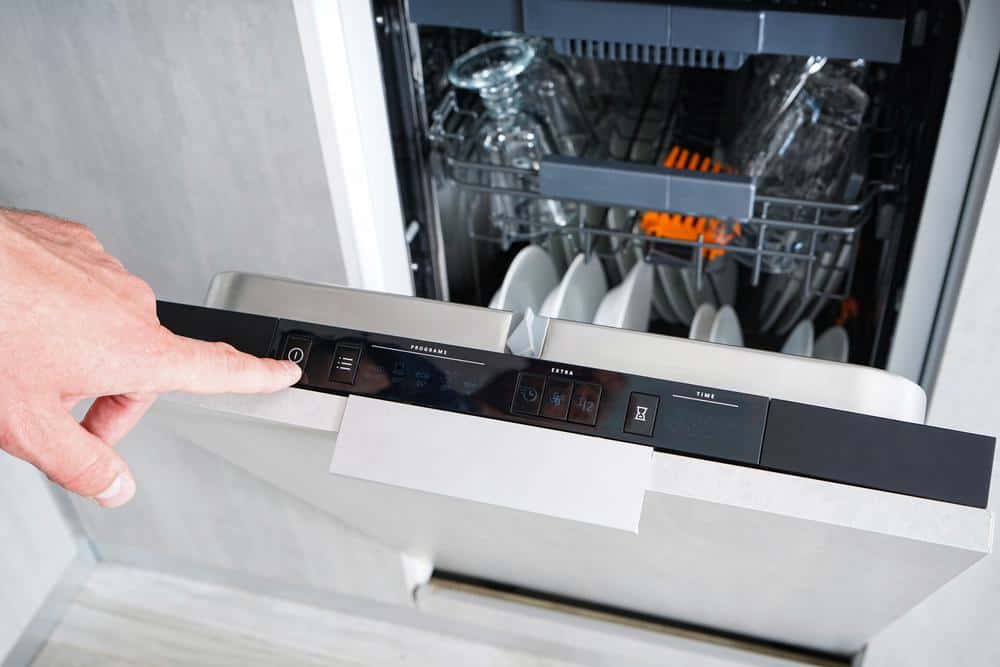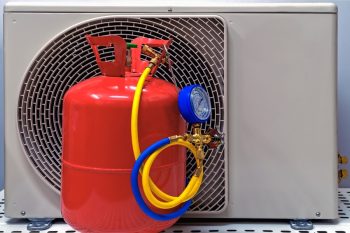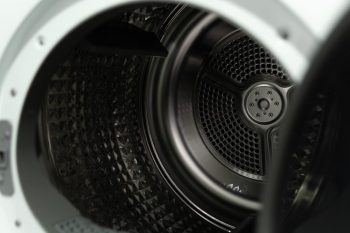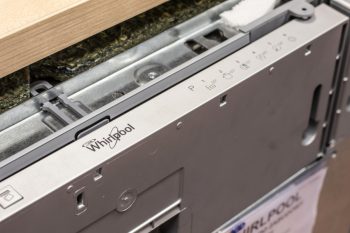
Commercial dishwashers are essential equipment for any food service establishment. They ensure that dishes, glassware, and utensils are cleaned and sanitized to the highest standard for the safety of customers. But have you ever wondered how hot does a commercial dishwasher get? The answer to this question is not as straightforward as you might think, as it depends on several factors.
The temperature of a commercial dishwasher can vary depending on the type and model. High-temperature commercial dishwashers typically have a wash water temperature between 150-160°F (65.5-71.1°C) and a final rinse temperature of 165°F (73.9°C) for stationary rack dishwashers and 180°F (82.2°C) for all other types. Low-temperature commercial dishwashers operate at wash and rinse cycles ranging from 125℉ to 145℉ (51-62℃), relying on chemical sanitizers for sanitization.
Average Temperature Range of a Commercial Dishwasher
The average temperature range of a commercial dishwasher varies depending on the type and model. Generally, commercial dishwashers operate at different temperatures during the washing and rinsing cycles.
High-temperature commercial dishwashers, for instance, have a wash water temperature between 150-160°F (65.5-71.1°C). The final rinse temperatures must reach 165°F (73.9°C) for stationary rack dishwashers and 180°F (82.2°C) for all other commercial dishwashers.
Low-temperature dish machines, on the other hand, have wash and rinse cycles ranging from 125℉ to 145℉ (51-62℃). These machines rely on chemical sanitizers instead of high temperatures to sanitize dishes.
Comparison with Residential Dishwashers
Commercial dishwashers operate at higher temperatures than residential dishwashers. While the main cycle temperature of a residential dishwasher is around 130-140°F (54-60°C), commercial dishwashers have a washing cycle temperature between 49°C and 60°C (120-140°F) and a rinse cycle temperature between 82°C and 88°C (180-190°F). These high temperatures are necessary to eliminate pathogens and comply with food safety regulations.
Influencing Factors
Several factors influence the temperature of a commercial dishwasher. These include the load composition and frequency, dishwasher thermostat accuracy, dishwasher efficiency, ambient room temperature, dishwashing chamber size, and distance between rinsing nozzles and dishes. Also, the type of dishwasher (high-temperature or low-temperature) and water heater settings can impact the water temperature.
Impact on Cleaning Ability
The temperature of a commercial dishwasher plays a significant role in its cleaning ability. Higher temperatures are more effective at sanitizing and cleaning dishes, removing pathogens and persistent stains. For effective sanitization, the FDA requires commercial dishwashers to reach 165°F (73.9°C) for stationary rack machines and 180°F (82.2°C) for all other machines.
Safety Standards
According to the FDA Food Code, commercial dishwashers must achieve a utensil surface temperature of 71°C (160°F) as measured by an irreversible registering temperature indicator. NSF/ANSI 3 standards for commercial dishwashers state that final rinse temperatures must reach 165°F for stationary rack dishwashers and 180°F for all other commercial dishwashers.
Risks and Drawbacks of High Temperatures
While high-temperature dishwashers offer superior sanitization, they also come with potential risks and drawbacks. These include increased energy consumption, damage to delicate items, higher upfront costs, the requirement of booster heaters, and potential residue from rinse agents.
Maintaining Optimal Temperature
To maintain the optimal temperature in your commercial dishwasher, check temperatures regularly, follow the manufacturer’s instructions, check rinse pressure, monitor dishwasher performance, and schedule regular maintenance and servicing.
Adjusting the Temperature
To adjust the temperature of your commercial dishwasher, access the thermostat or temperature control settings on your dishwasher. This process can differ depending on the specific model of your dishwasher. Always consult the user manual or contact the manufacturer for assistance.
In conclusion, the temperature of a commercial dishwasher plays a crucial role in its cleaning and sanitizing efficiency. Understanding how hot a commercial dishwasher gets, the factors influencing its temperature, and how to maintain optimal temperature can help ensure the highest level of cleanliness and safety in your food service establishment.
Frequently Asked Questions
What is the main difference between a high-temperature and a low-temperature commercial dishwasher?
The main difference lies in the sanitization method. A high-temperature commercial dishwasher uses heat to sanitize dishes, reaching up to 180°F (82.2°C) during the rinse cycle. A low-temperature dishwasher, on the other hand, uses chemical sanitizers to clean dishes and operates at a lower temperature range between 125℉ and 145℉ (51-62℃).
Why do commercial dishwashers operate at higher temperatures than residential ones?
Commercial dishwashers operate at higher temperatures to meet food safety regulations. The high temperature ensures the elimination of pathogens, providing a safe dining experience in commercial food establishments.
How often should the temperature of a commercial dishwasher be checked?
For optimal performance, it is recommended to check the temperature of a commercial dishwasher at least once a day. Regular monitoring can ensure that the machine is operating at the right temperature and maintaining sanitation standards.
What are the potential risks of high-temperature dishwashers?
High-temperature dishwashers, while effective at sanitizing, can have potential drawbacks. These include increased energy consumption, potential damage to delicate items, higher upfront costs, the need for booster heaters, and possible residue from rinse agents.
How can I adjust the temperature of my commercial dishwasher?
The temperature can be adjusted via the thermostat or temperature control settings on your dishwasher. However, this process can vary depending on the specific model of your dishwasher. Always refer to the user manual or contact the manufacturer for assistance.












